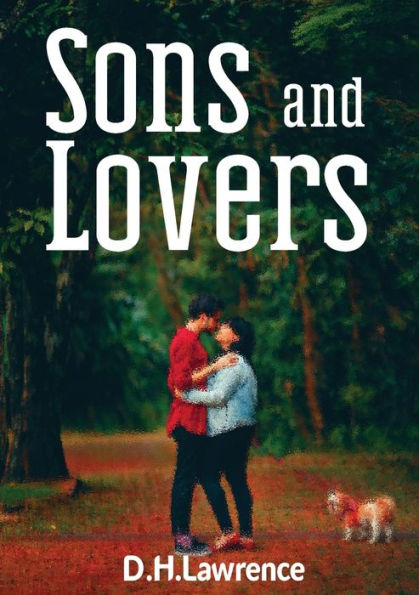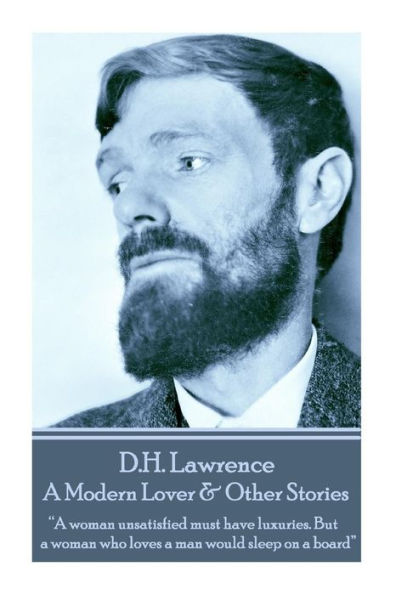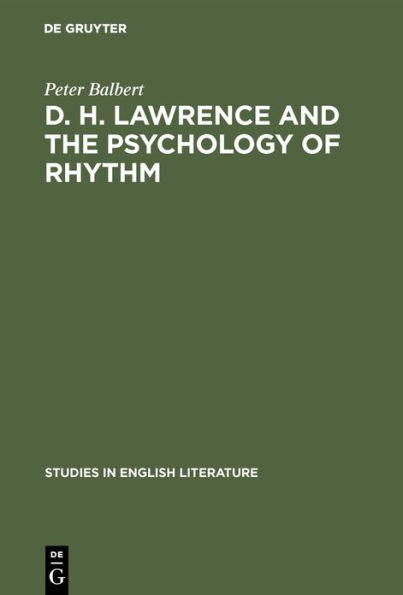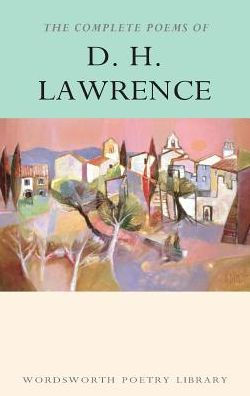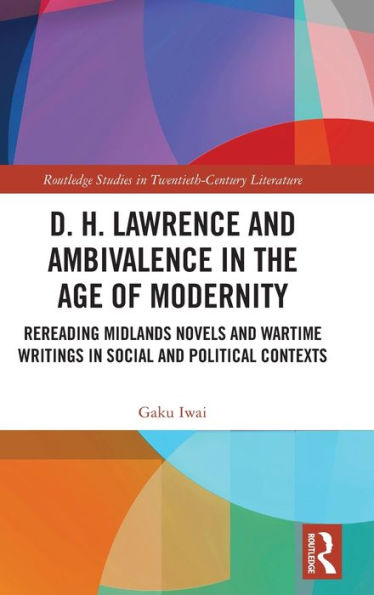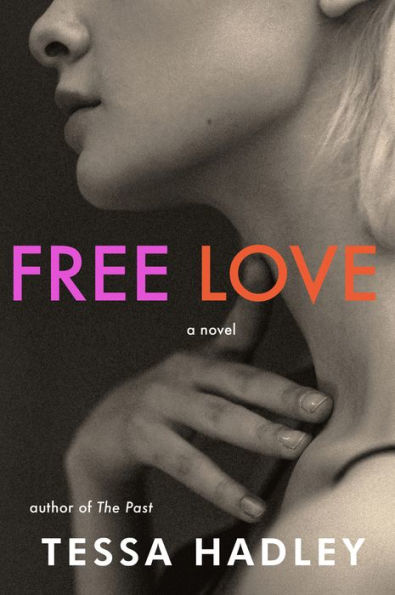Home
Women in Love (1920). By: D. H. Lawrence: Novel, Published in 1920, "Women in Love" is a sequel to the earlier novel The Rainbow (1915), and follows the continuing loves and lives of the Brangwen sisters, Gudrun and Ursula.
Loading Inventory...
Barnes and Noble
Women in Love (1920). By: D. H. Lawrence: Novel, Published in 1920, "Women in Love" is a sequel to the earlier novel The Rainbow (1915), and follows the continuing loves and lives of the Brangwen sisters, Gudrun and Ursula.
Current price: $16.96


Barnes and Noble
Women in Love (1920). By: D. H. Lawrence: Novel, Published in 1920, "Women in Love" is a sequel to the earlier novel The Rainbow (1915), and follows the continuing loves and lives of the Brangwen sisters, Gudrun and Ursula.
Current price: $16.96
Loading Inventory...
Size: OS
*Product Information may vary - to confirm product availability, pricing, and additional information please contact Barnes and Noble
Women in Love is a novel by British author D. H. Lawrence, published in 1920. It is a sequel to his earlier novel The Rainbow (1915), and follows the continuing loves and lives of the Brangwen sisters, Gudrun and Ursula. Gudrun Brangwen, an artist, pursues a destructive relationship with Gerald Crich, an industrialist. Lawrence contrasts this pair with the love that develops between Ursula Brangwen and Rupert Birkin, an alienated intellectual who articulates many opinions associated with the author. The emotional relationships thus established are given further depth and tension by an intense psychological and physical attraction between Gerald and Rupert. The novel ranges over the whole of British society before the time of the First World War and eventually concludes in the snows of the Tyrolean Alps. Ursula's character draws on Lawrence's wife Frieda and Gudrun's on Katherine Mansfield, while Rupert Birkin's has elements of Lawrence and Gerald Crich's of Mansfield's husband, John Middleton Murry. PLOT: Ursula and Gudrun Brangwen are sisters living in The Midlands in England in the 1910s. Ursula is a teacher, Gudrun an artist. They meet two men who live nearby, school inspector Rupert Birkin and coal-mine heir Gerald Crich, and the four become friends. Ursula and Birkin become involved, and Gudrun and Gerald eventually begin a love affair. All four are deeply concerned with questions of society, politics, and the relationship between men and women. At a party at Gerald's estate, Gerald's sister Diana drowns. Gudrun becomes the teacher and mentor of Gerald's youngest sister. Soon Gerald's coal-mine-owning father dies as well, after a long illness. After the funeral, Gerald goes to Gudrun's house and spends the night with her while her parents sleep in another room. Birkin asks Ursula to marry him, and she agrees. Gerald and Gudrun's relationship, however, becomes stormy. The two couples holiday in the Alps. Gudrun begins an intense friendship with Loerke, a physically puny but emotionally commanding artist from Dresden. Gerald, enraged by Loerke and most of all by Gudrun's verbal abuse and rejection of his manhood, and driven by his own internal violence, tries to strangle Gudrun. Before he has killed her, however, he realises that this is not what he wants, and he leaves Gudrun and Loerke, and climbs the mountain, eventually slips into a snowy valley where he falls asleep, and freezes to death. The impact of Gerald's death upon Birkin is profound. The novel ends a few weeks after Gerald's death with Birkin trying to explain to Ursula that he needs Gerald as he needs her; her for the perfect relationship with a woman, and Gerald for the perfect relationship with a man... David Herbert Richards "D. H." Lawrence (11 September 1885 - 2 March 1930) was an English novelist, poet, playwright, essayist, literary critic and painter. His collected works represent, among other things, an extended reflection upon the dehumanising effects of modernity and industrialisation. Some of the issues Lawrence explores are emotional health, vitality, spontaneity and instinct. Lawrence's opinions earned him many enemies and he endured official persecution, censorship, and misrepresentation of his creative work throughout the second half of his life, much of which he spent in a voluntary exile which he called his "savage pilgrimage".At the time of his death, his public reputation was that of a pornographer who had wasted his considerable talents. E. M. Forster, in an obituary notice, challenged this widely held view, describing him as, "The greatest imaginative novelist of our generation." Later, the Cambridge critic F. R. Leavis championed both his artistic integrity and his moral seriousness, placing much of Lawrence's fiction within the canonical "great tradition" of the English novel.
